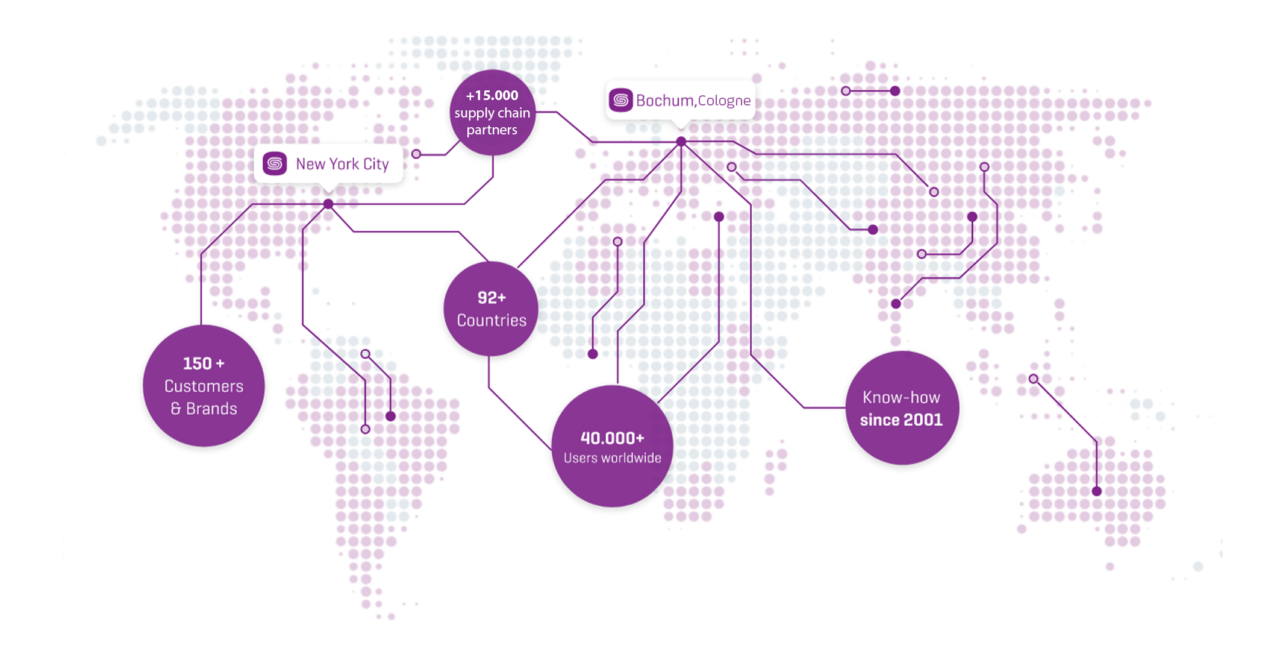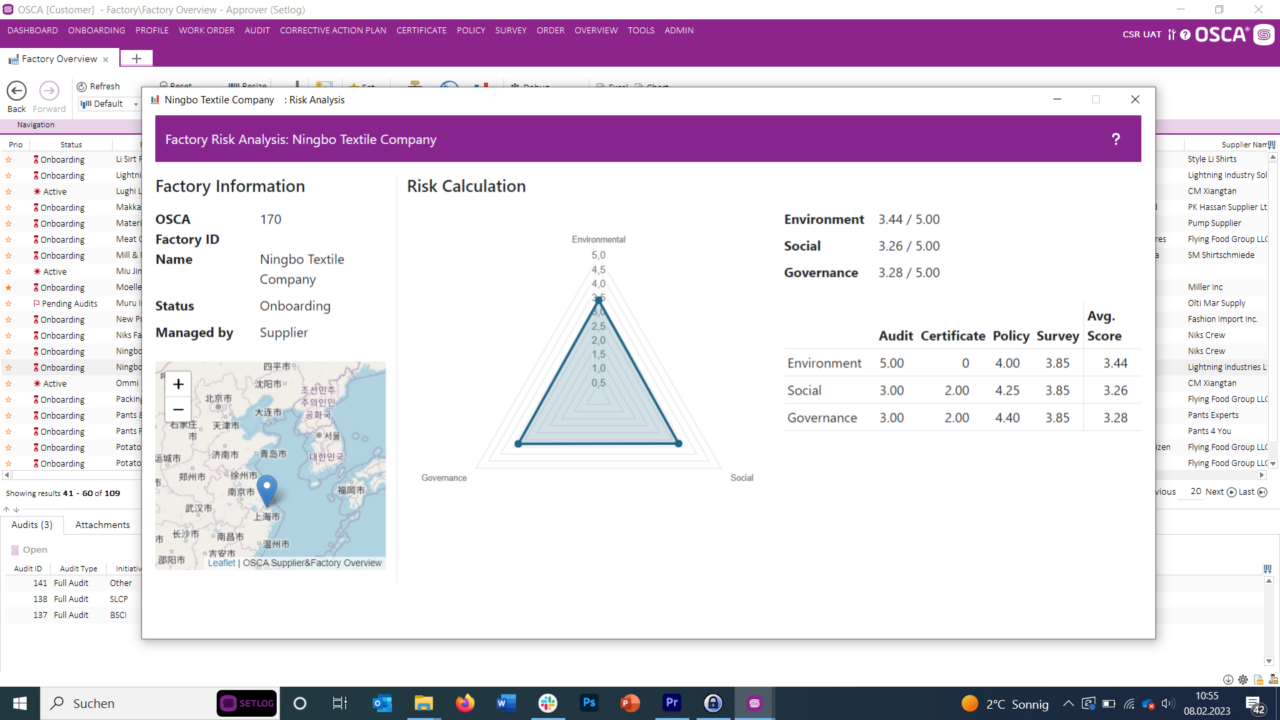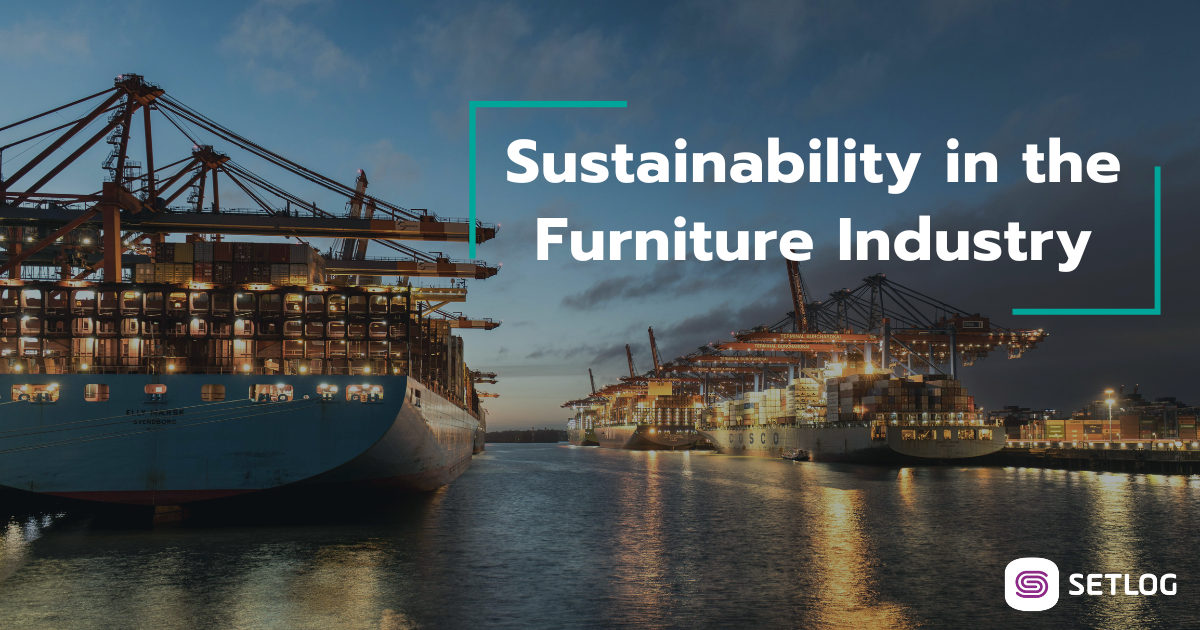
Lately, sustainability is all the rage in the furniture world. As more consumers demand eco-friendly and ethically produced items, manufacturers are feeling the pressure to innovate. Technology plays a crucial role here, especially technologies that enhance the visibility of the supply chain. This blog post focuses on how enhancing transparency, traceability, and adherence to rigorous standards can significantly boost the environmental friendliness of furniture products.
What’s the Current State of Sustainability in the Furniture Industry?
Let’s face it, the furniture industry has some eco-demons to face. From how raw materials are gathered to the waste left behind, traditional methods aren’t exactly Mother Earth’s best friend. Think deforestation, hefty energy use, and a whole lot of trash. As we tackle these issues, the push for sustainable alternatives isn’t just nice – it’s necessary.
Why Supply Chain Transparency is a Game Changer
Knowing what goes on at every step of making your favorite couch or desk is key to keeping things green. Supply chain transparency helps companies spot and fix not-so-great practices, like illegal logging or sketchy labor conditions. Plus, when consumers can trust that their new bookshelf isn’t harming the planet or people, they’re more likely to stick with a brand that’s doing things right.
The Role of Traceability in Sustainable Practices
Traceability is all about keeping tabs on where materials come from and where they’re going. In the furniture game, it’s especially important for materials like wood, ensuring it’s sourced from forests that are looked after properly. Certifications like the Forest Stewardship Council (FSC) or the Programme for the Endorsement of Forest Certification (PEFC) help make sure of that, giving shoppers peace of mind with their purchases.
Upholding Standards through Policies, Audits, and Corrective Action Plans
High standards don’t just maintain themselves. It starts with robust policies that set clear expectations and a path to greener operations. Consistent audits act as a reality check, catching any areas that might stray off course, while proactive corrective action plans tackle these issues head-on, ensuring ongoing improvements. This approach not only maintains high standards but also integrates them into the company’s culture, promoting accountability and commitment from top to bottom.
The Future of the Furniture Industry is Bright (and Green)
Looking ahead, the future of sustainability in the furniture industry is promising. As tech evolves, we’re bound to see even cooler tools and solutions that amp up sustainability. But getting there means everyone from the big manufacturers to the consumers needs to be on board. With the right tools, the furniture industry can take some major green strides.
How OSCA drives Sustainability and Efficiency in the Furniture Industry
Setlog’s OSCA software exemplifies how technology can drive sustainability in the furniture industry. It enhances supply chain transparency and traceability, offering real-time updates and keeping everyone across the supply chain in the loop. Key features of OSCA include:
- Efficient tracking of raw materials and finished products, ensuring that they meet sustainability standards.
- Implementation and monitoring of sustainability policies.
- Scheduling regular audits to maintain compliance.
- Management of corrective actions to address any identified issues promptly.

Rolling out OSCA can really smooth out a furniture manufacturer’s operations, making everything from production to delivery greener and more efficient. This system gets down to the nitty-gritty of tracking materials and products, cutting down on waste and streamlining processes, which shrinks that ecological footprint. OSCA also makes sure everything ticks along according to strict sustainability standards, beefing up a company’s green creds. This boosts its appeal to eco-conscious consumers and investors, who are increasingly looking for companies that demonstrate genuine, actionable commitment to sustainability. In essence, using OSCA positions a manufacturer as a leader in green innovation, enhancing its marketability and customer loyalty in a competitive industry.

Summing Up: The Path Towards Sustainable Furniture In today’s furniture market, adopting green practices is no longer optional – it’s essential. Eliyahu M. Goldratt once pointed out that “An hour lost at a bottleneck is an hour out of the entire system,” emphasizing the importance of efficient processes in sustainable supply chain management. This efficiency is critical not just for competitiveness but also to meet the demands of regulators and eco-conscious consumers. Tech solutions like OSCA are revolutionizing this space, enhancing ease and effectiveness in achieving sustainability goals while maintaining compliance. As George Westerman insightfully noted, “Digital is not an initiative. It’s the new normal,” underscoring the necessity of digital transformation in the industry. This shift is not about keeping pace; it’s about setting the pace and leading the charge towards a more sustainable and efficient future. It’s imperative for industry leaders to embrace these technologies to stay competitive and innovative in a rapidly evolving marketplace.
